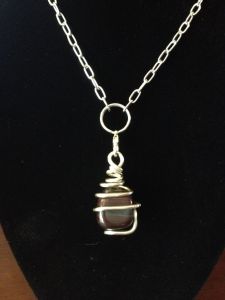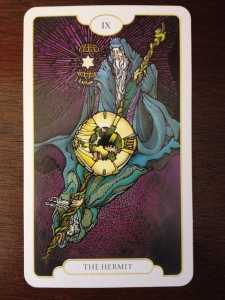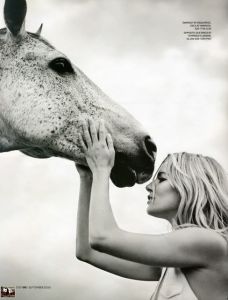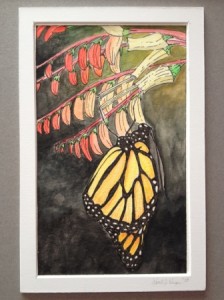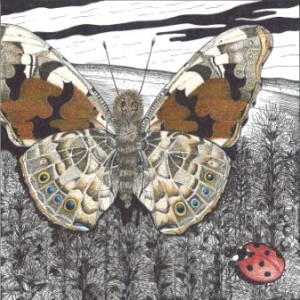The paradigm shift was like a blast to the heart of me, peeling back the shadows that have long lingered, filtering in the sun and enlightening my mind. It hasn’t happened at the best time. The shift starts to move, its future on stilts. A small man with dollar signs for eyes looks up at me poised to run the sharp and wicked teeth of a saw across my newly born legs. I don’t know which way I’m going but I know I want to get there.
A step forward and I’m racing to catch up momentum carrying me, my balance precarious. I stop, hop and readjust. The stilts are very uncomfortable. I try again when a fork in the road appears before me. Which path do I take? There’s the black one. It’s poured and rolled to perfection, the double yellow line telling me not to cross, to stay on course, my destination is directly ahead. I see a sign adjacent to the road written in gold telling of untold riches dead ahead. The other road is uneven, made of dirt, rocks and clay, the dust a cloudy mass, making the road barely visible. I inch forward and test the road with a single stilt. I watch it disappear and pull back quickly, stumble, and nearly fall.
A sudden breeze brushes my skin and it carries a familiar young whisper. Should I turn back? No. But I answer, sending my voice on the same wind. A sense of calm turns the voice away and I look back to the path. The way is clear. There are large gaping holes and no lines of sight to help me on my way, no signs telling me what might wait for me ahead. These boarders meander to mysterious pockets of forest calling me, small voices daring, beckoning me to enter. What lay in the hidden knolls, waiting for discovery? My heart tells me to go.
Hugging one stilt, fortifying my choice I look ahead before I move. From this height, what I see on the craggy path makes me smile. Letters large and small paint a picture of wild passion. Structures thin and wide made from the trees, burst above the canopy dotting the landscape opening wide the sounds like a hurricane. However, each comes with trappings and danger, my mind spinning with the flux of images, the barrage of letters making my mind spin and my fingers twitch. Are they trying to tell me something? My breath hitches and my heart races but I look further ahead trying to see where it all ends. The images change to ones of hope and love. I reach for them, want to grab hold, and never let go, their light embrace a wish in my heart, each a start helping build something beautiful and lasting.
Then I look down and see the small man. He smiles and I shiver, his small flat and pointy teeth seeming huge as if I were seeing them through a magnified glass. He taunts me. He knows my weaknesses.
“Leave me alone!” I yell, stumble, and right myself quickly, the wake and power of my words causing a ripple in the vast line of trees.
The little man laughs. I make my way to the dirt road.
The little man claws at my stilts with one hand, banging the terrible saw on my tall wooden legs. I wobble and tip back. Bending at the waste, my momentum carries me toward the road. I hold on tight afraid I’ll meet the ground.
If I fall, will I be able to get up again? To find the end of this journey where I can start a new one, it is a chance I have to take.
I, jump, and lift my legs dancing out of his reach trying to flee, kicking him away. In a flash of light, he is below me again banging and banging and banging, laughing. He forces me one way when I’m leaning, reaching for another. I kick him off again and run, gripping tight to the handles of the stilts praying I won’t fall and I’ll find my way.
When the uneven road connects with the burden attached to my feet, I sigh with the reprieve. I am careful. My balance strengthens. My confidence grows. The dirt road is mine and the little man is far behind, but I still feel him watching. My eyes look to the road ahead. My dreams are there. I don’t care that it is laden with potholes and dust storms. I will dance around the ruts and cover my eyes through the storms until I get to the destination that awaits me.
